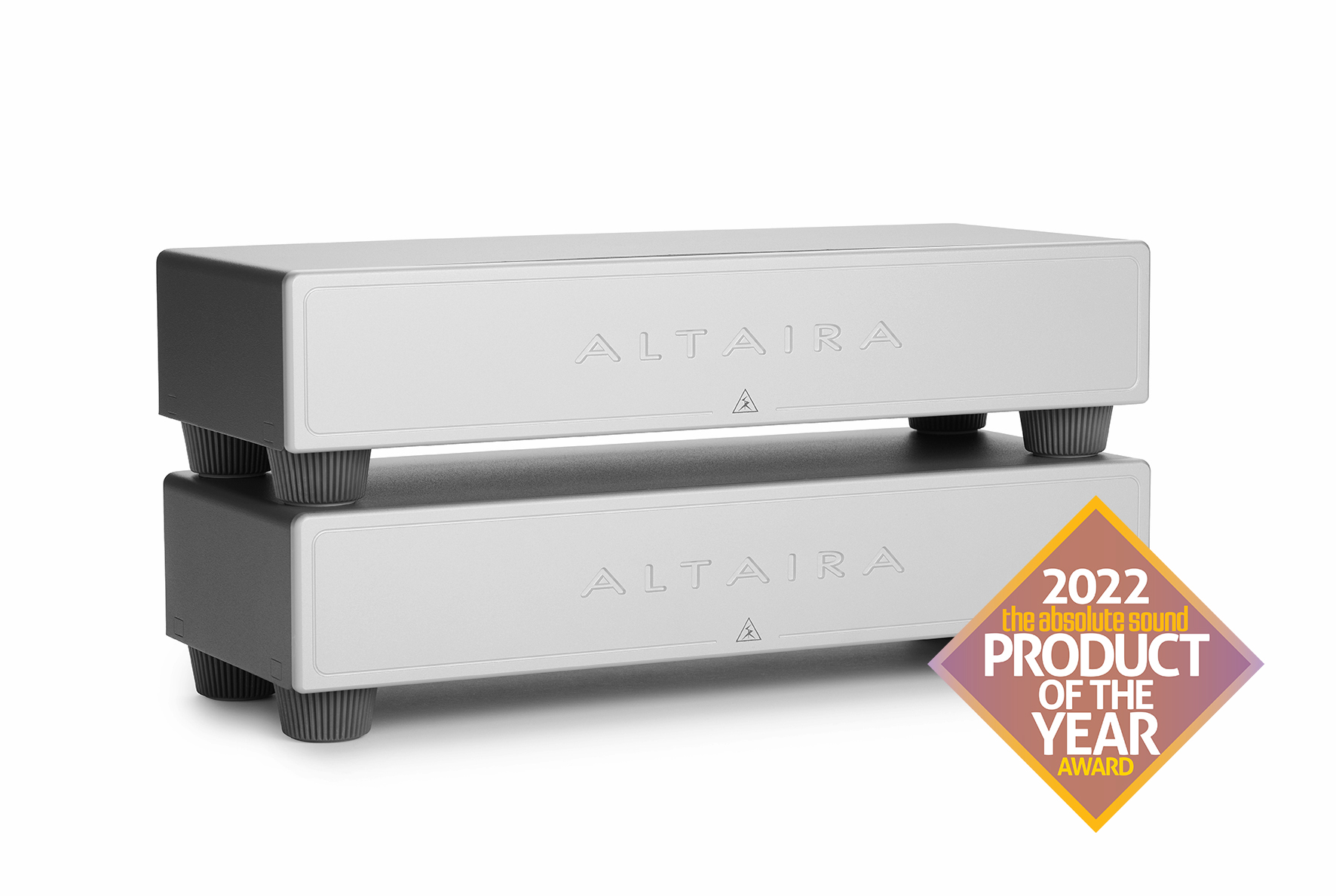So...just some follow-up notes with two Altaira SGs in a segmented system, one segment dedicated to the "digital stack" and one segment dedicated to the Constellation Inspiration integrated amp, now that the gear has had time to "settle" and "bed-in" as we say in motor racing...
If I had to put a number on it, I'd estimate just adding a dedicated SG Altaira to the Constellation Inspiration integrated alone resulted in a 30-40% improvement in audio quality and the presentation overall, depending on the recording (er, um, actually mastering of said recording... ). Which is really saying something, as the Constellation Inspiration was already fabulous-sounding.
). Which is really saying something, as the Constellation Inspiration was already fabulous-sounding.
Anyhoo, now that the gear has time to fully settle, and with the recent addition of the Shunyata Venom-X* clock cable to the AfterDark Master Clock, this system sounds....F**KING INCREDIBLE. I don't want to wax poetic here, but... good lord.
*— Side bar: folks should NOT disregard the new line of Venom-X cables from Shunyata, simply because of their affordable price point. This new line of cables from Shunyata is INSANE. I own a full loom of Alpha V2 ICs (which are really superb) and what am I lisening to? Venom-X on the Inspiration.
If I had to put a number on it, I'd estimate just adding a dedicated SG Altaira to the Constellation Inspiration integrated alone resulted in a 30-40% improvement in audio quality and the presentation overall, depending on the recording (er, um, actually mastering of said recording...
Anyhoo, now that the gear has time to fully settle, and with the recent addition of the Shunyata Venom-X* clock cable to the AfterDark Master Clock, this system sounds....F**KING INCREDIBLE. I don't want to wax poetic here, but... good lord.
*— Side bar: folks should NOT disregard the new line of Venom-X cables from Shunyata, simply because of their affordable price point. This new line of cables from Shunyata is INSANE. I own a full loom of Alpha V2 ICs (which are really superb) and what am I lisening to? Venom-X on the Inspiration.
Last edited:


